Here's how Olympic athletes harness the crazy power of physics to win the gold
In archery, the feathers on the arrow cause something called fletching — air resistance, or drag, that prevents air turbulence from pushing the arrow off course.

The feathered cone on a badminton shuttlecock also produces a drag which keeps it stable and on course. The drag is so strong that badminton players have to swing a little harder to hit the shuttlecock across the court.

Source: LiveScience
You may have noticed that when basketball players jump, they seem to be floating for a moment. That's because whenever you jump, you spend more than twice as much time in the top half of the jump than in the bottom half.

Source: Wired
When serving the ball in volleyball, a snap of the wrist can add something called top spin, which causes the ball to fall quickly on the opponent's side of the net.
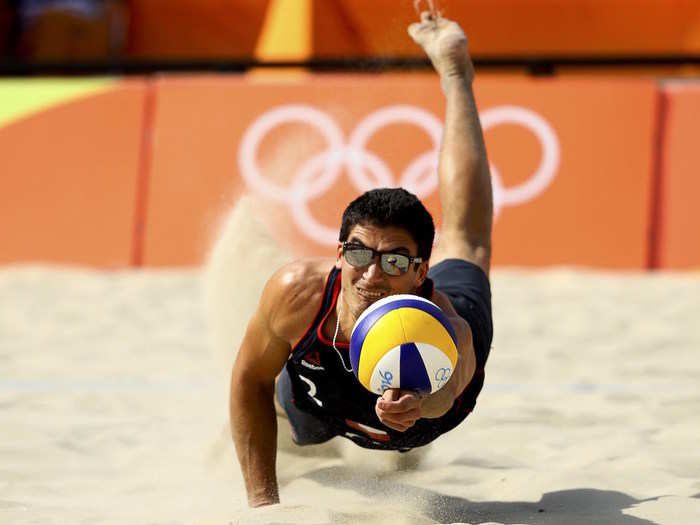
Source: The Science of Volleyball
As a cyclist cuts through the air, he produces a slipstream that trails behind him. Another cyclist riding in this slipstream will use about one third less energy.
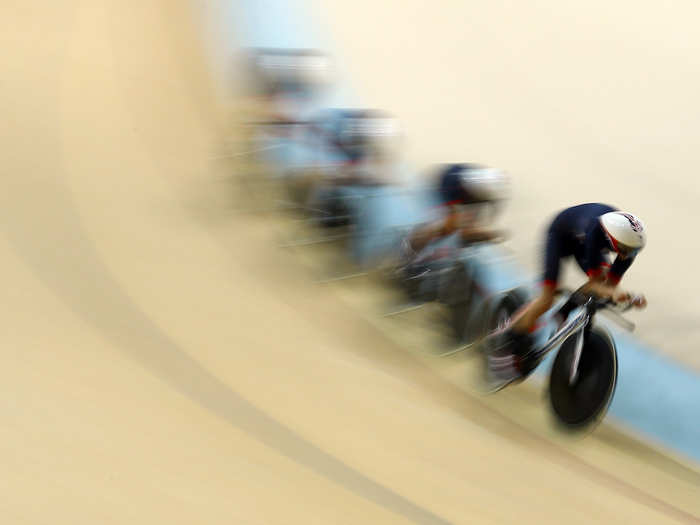
Source: Perimeter Institute
Due to its shape, it's actually easier to throw a discus against the wind than with the wind.
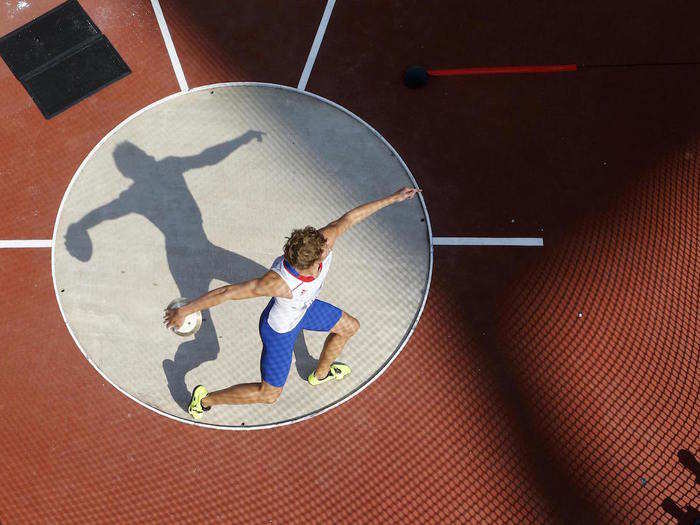
Source: Perimeter Institute
To get in as many flips and turns as possible, the divers need to push down on the diving board as hard as possible, which springs them higher in the air. This is all thanks to Newton's Third Law of Motion, which says for every action there is an equal and opposite reaction.
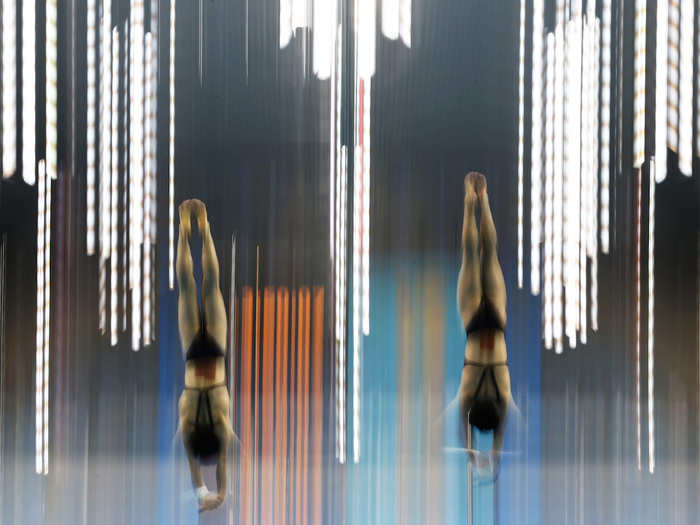
Source: LiveScience
Spinning gymnasts take advantage of something called angular momentum, which is how an object spins around an axis. When gymnasts pull their arms and legs tightly together, it causes them to spin faster.
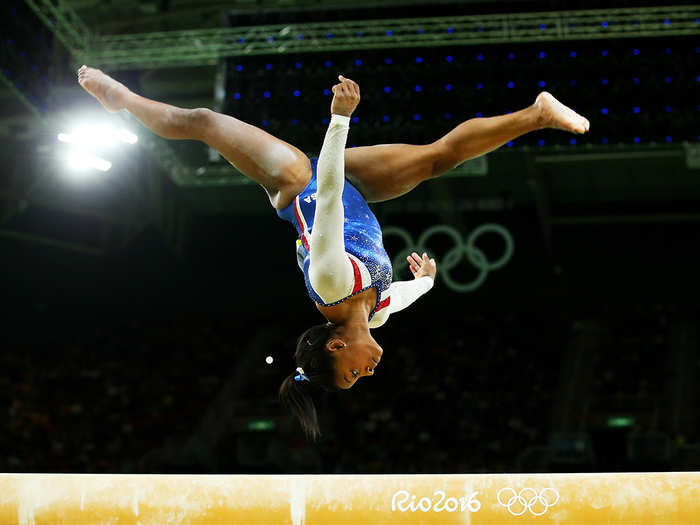
Source: Perimeter Institute, LiveScience
The "Fosbury Flop" is a technique that pole vaulters use to hurl themselves high into the air. They arch their bodies over the bar so that their center of mass actually passes inches beneath the bar, which requires less energy.
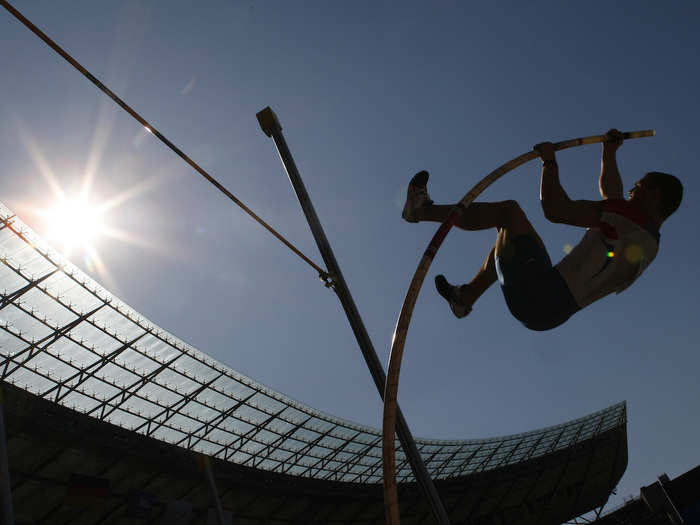
Source: Perimeter Institute, Wired
Taller rowers are heavier, which means their boats are weighed down lower in the water. This means more water resistance. To balance this out, tall rowers use longer, stronger strokes.
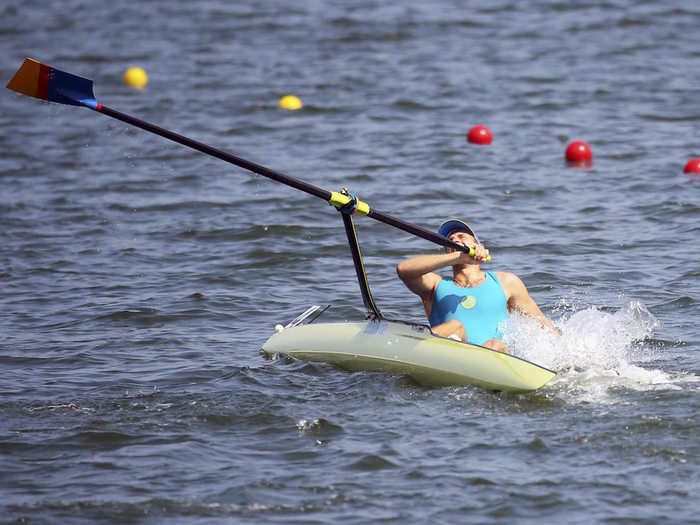
Source: Perimeter Institute
When rugby players put a spin on the ball it keeps it in line and reduces drag.
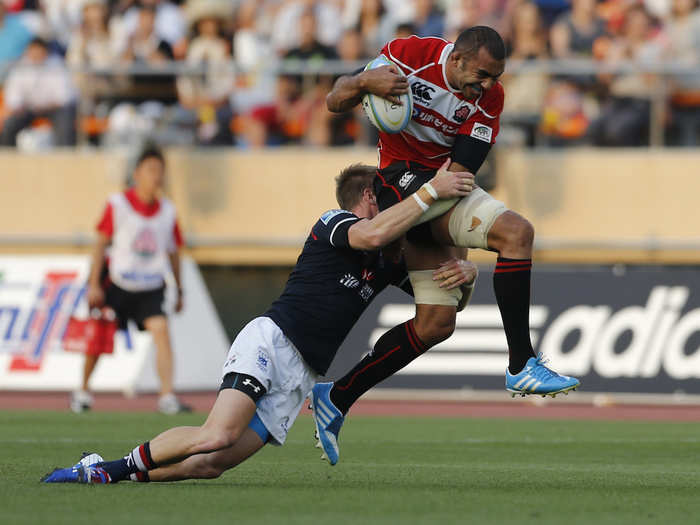
Source: Perimeter Institute
Thinner, shorter runners are less likely to overheat when running marathons. That's because their smaller bodies produce less heat. Sprinters, on the other hand, tend to have more muscular arms because it keeps them steady as their legs pump to move them faster.
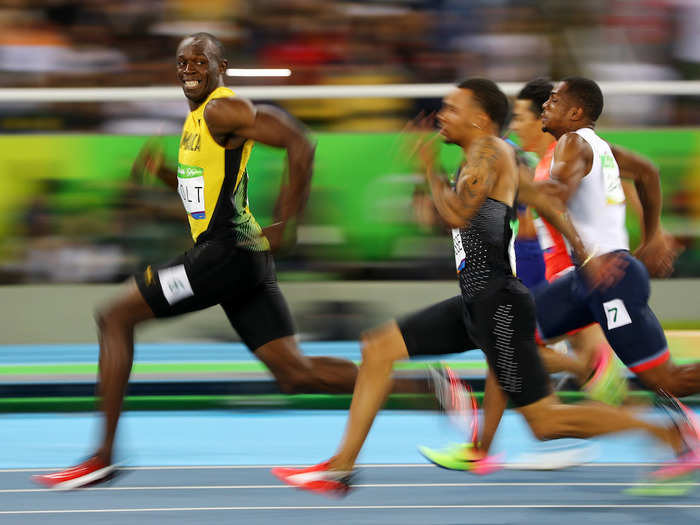
Source: Perimeter Institute
In order to move as fast as possible, swimmers need to find ways to reduce water resistance against their bodies as they swim. Smoother means faster. This means shaving all their body hair and wearing swim caps.
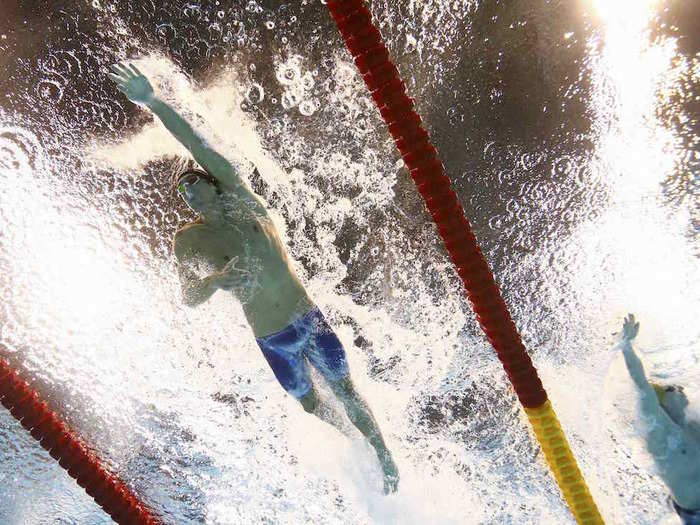
Source: LiveScience
Just like in volleyball, tennis players can put topspin on a ball, which causes the ball to fall quickly on the opponents side.

Source: Perimeter Institute
As the springs on the trampoline are stretched, they exhibit an equal and opposite force in order to snap back into equilibrium, which propels the athletes into the air.
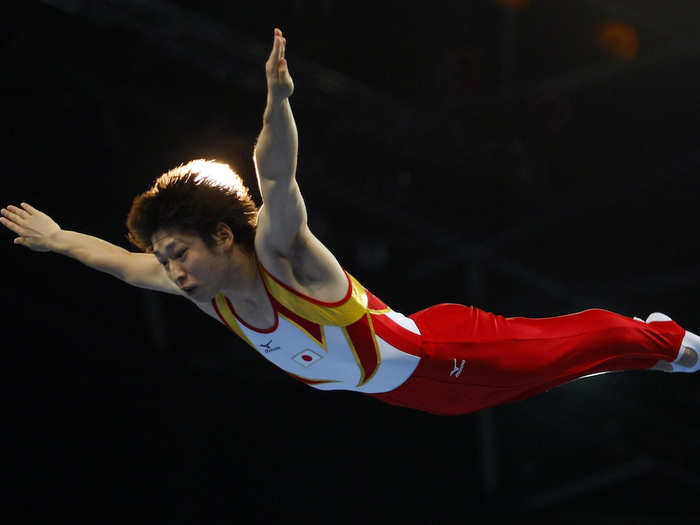
Source: Perimeter Institute
In weightlifting, athletes with shorter limbs don't need to lift the weights as high, which means they use less energy.
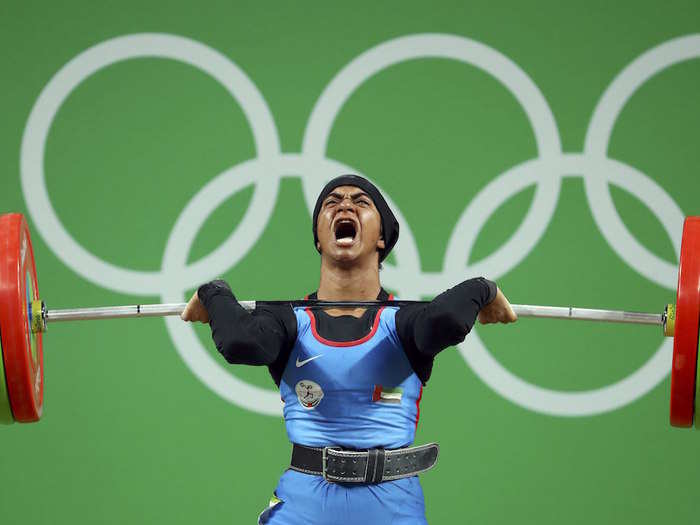
Source: Perimeter Institute
Popular Right Now
Popular Keywords
Advertisement